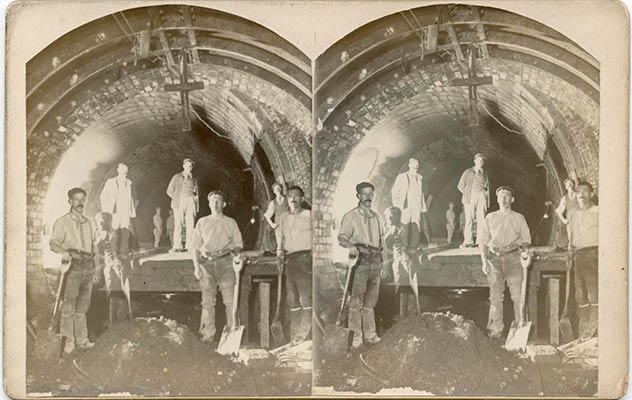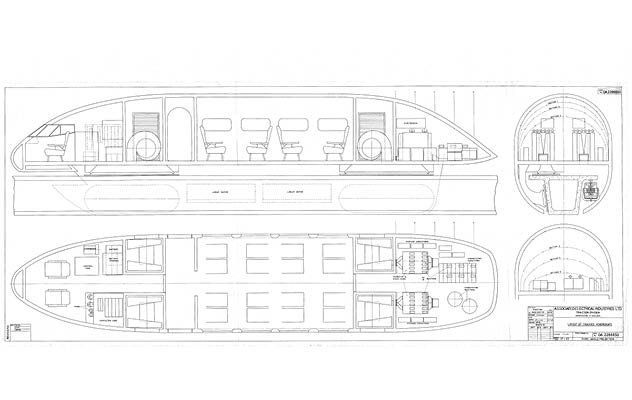
The National Railway Museum’s (NRM) archive is packed full of inspiring, exciting and unusual collections.
Now that the NRM is a STEM Ambassador Hub, we have the unique opportunity to work with our STEM Ambassador team. Their experience of using archives to inspire post-16 secondary school age groups, combined with links to the modern rail industry, mean we can’t wait to explore innovative ideas combing expertise from all three sectors.
Who could be better than today’s engineers to bring our historic archives to life? Archive collections interpreted by those in the industry could even inspire young people to join the profession.
Archives bring young people into the museum and out of the classroom, the NRM archives are held on-site and are ready to be explored. Search Engine, our research and archive centre, is located right in the heart of the museum and we welcome group work in our purpose-built rooms.
The NRM archive holds over two million engineering drawings and photographs, we hold archives of world famous railway innovators such as George and Robert Stephenson and even have a lock of Robert Stephenson’s hair. We have a large film and sound archive on many outdated formats such as 16 mm film, Betamax and minidisk. Looking after these diverse formats can be a technological challenge for our archivists meaning they are well placed to be become STEM Ambassadors themselves.
Our archival material is very much connected to railway projects being carried out today. We hold the archive of Price & Reeves, a civil engineering contractor responsible for constructing parts of the London Underground. Comparisons can be drawn between their Victorian projects and the current multi-billion pound underground Crossrail project.
Price and Reeves used pressurised chambers to stop flooding in tunnels being built under the Thames. Drawings in the archive show how working in a pressurised environment could cause ‘compressed air illness’ (now known as decompression sickness) which in modern times is most commonly encountered by divers. Thankfully engineers working on Crossrail no longer suffer from ‘the bends’ - who would be better placed than a real life Crossrail engineer to explain how working conditions have changed?
Stereo Photograph, Charing Cross Euston and Hampstead Railway. Concreting Station platforms, Tottenham Court Road The image is a stereo photograph, which when viewed with one of our original stereoscopes to give the appearance of a 3D image. Ref: P&R/1/10/11
Our largest single archive is the General Electric Company Traction (or GEC) archive. The below drawing shows a ‘tracked hovercraft’ an experimental high-speed train developed in the 1960s that used hovercraft technology to reduce friction, it was hoped that tracked hovercrafts could be used on to reach 250 mph.

Ideas have progressed since the 1960s and hovercraft trains never took off, engineers are now using Magnets instead of air to enable wheels to levitate over train tracks. The NRM's 'Future Engineers' learning event will run from 21 October – 5 November 2017. The event will feature today’s engineers explaining how Maglev technology works.
If you’re feeling inspired, search our archive, library and object collections online to find out more about our collections. If you have any questions about using the archives, contact Alison Kay (Archivist).
You may also be interested in...
- STEM Ambassadors
- The road to success: how the A14 construction project is inspiring young people in STEM
-
STEM Ambassadors: engaging students with careers in design and technology

